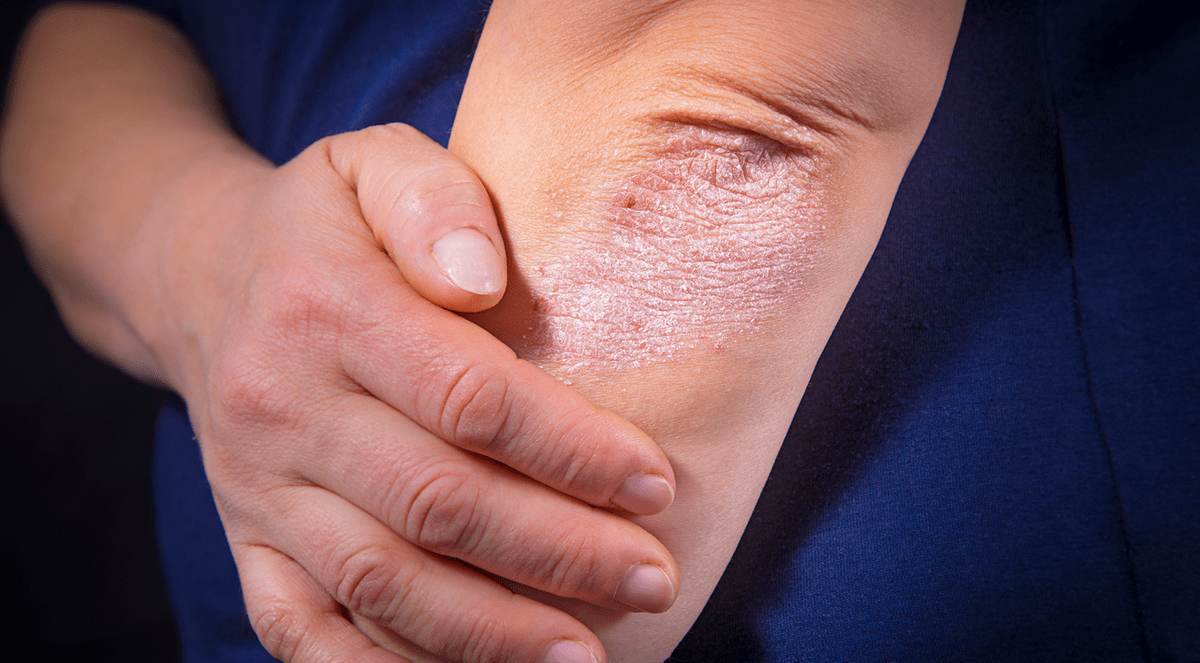The Janus kinase (JAK)/signal transducer and activator of transcription (STAT) pathway are involved in the pathogenesis of atopic dermatitis (AD). For topical distribution, a cream formulation of ruxolitinib, a powerful selective JAK1/JAK2 inhibitor, was created. Three double-blind, vehicle-controlled studies in patients with atopic dermatitis yielded pharmacokinetic data: a phase II study with ruxolitinib cream 0.15%, 0.5%, or 1.5% once daily or 1.5% twice daily (BID), and two-phase III studies with 0.75% or 1.5% BID. Pharmacokinetics were studied in relation to baseline parameters. Correlations between plasma concentrations and changes in hematological parameters over time have been sought.
Ruxolitinib plasma concentrations at steady-state (Css) rose in a less-than-dose-proportional way as cream strength increased. Overall mean (SD) Css after ruxolitinib cream 0.75% and 1.5% BID (23.8 [35.0] and 35.7 [55.0] nM) were a fraction of the half-maximal inhibitory concentration for thrombopoietin-stimulated phosphorylated STAT3 inhibition (281 nM), a JAK/STAT signaling marker, in phase III trials. The dosage, percent body surface area (percent BSA) treated, and baseline Investigator’s Global Assessment score were all identified as variables for CSS. Ruxolitinib cream 1.5% BID had a mean (SD) bioavailability of 6.22% (7.66% ). Except for a transitory rise in platelets at week 2, there were no connections between Css and any hematological alterations.
Plasma ruxolitinib concentrations after topical ruxolitinib cream therapy in individuals with up to 20% BSA impacted by AD are not predicted to result in systemic plasma concentrations associated with side effects frequently observed with oral JAK inhibitors.
Reference:link.springer.com/article/10.1007/s40257-021-00610-x


